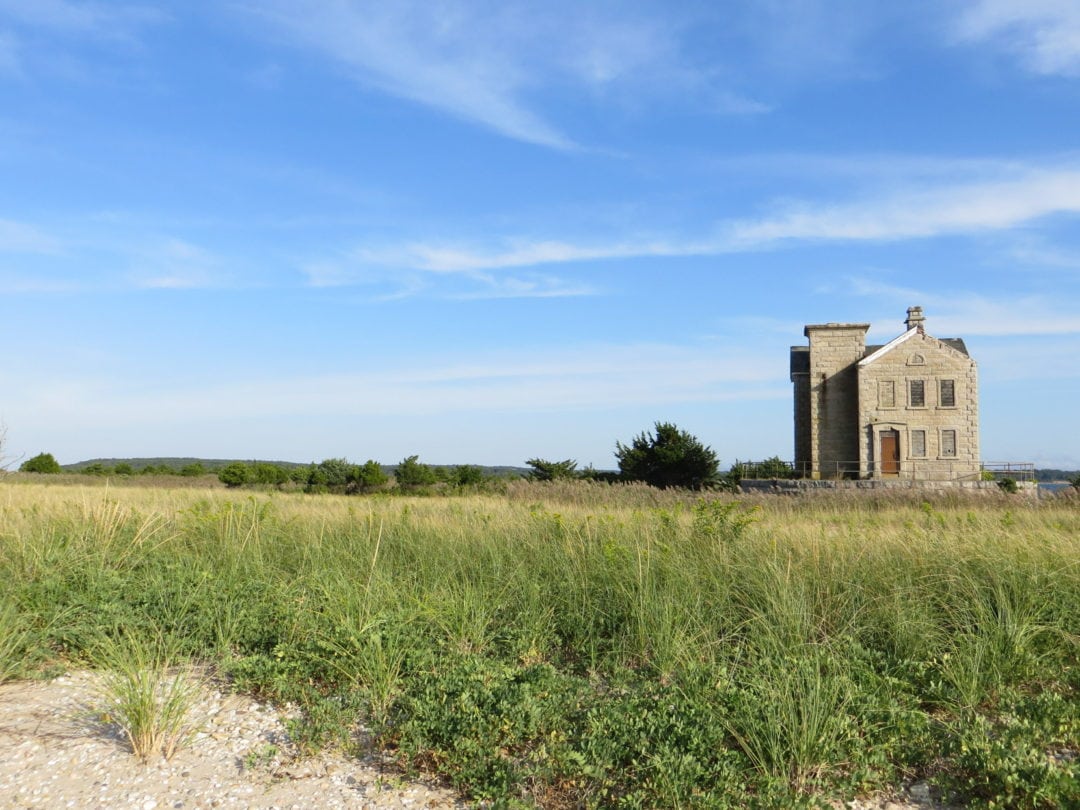 No one denies the need for affordable housing in the Town of East Hampton, and no one knows it better than Tom Ruhle, Director of the Office of Housing and Community Development for the Town of East Hampton and his staff, who have been working assiduously to address it.
No one denies the need for affordable housing in the Town of East Hampton, and no one knows it better than Tom Ruhle, Director of the Office of Housing and Community Development for the Town of East Hampton and his staff, who have been working assiduously to address it.
I spoke with Ruhle on several occasions. He and his staff administer the HUD Section 8 Housing Choice Voucher Program, the Community Development Block Grant Program, and the Homeownership Program. It was the latter that we focused on: single family home ownership for eligible buyers. He explained that the home resale prices have been under $400,000 but cover a broad price range. The income limits of those they serve have ranged from $115,310 to $217,360 are in line with the U.S. Department of Housing and Urban Development (HUD) limits which are comparable to those of SONYMA, the State of New York Mortgage Agency.
The Program started in 1980. It consists of eleven locations outside of the Incorporated Village of East Hampton. The total number of single family housing units is 215. The last project, Green Hollow Woods, was completed in 2008. The Town is in the process of developing a twelve unit condominium project at 181 Accabonac Highway. It shall comprise three buildings, each consisting of one 1 bedroom unit, two 2 bedroom units, and one 3 bedroom unit.
The Office of Housing and Community Development maintains a waiting list of applicants interested in purchasing the units in the program. When a property becomes available for sale, candidates are selected from the list through a carefully supervised Lottery Program. As with the Section 8 Program waiting list, the number of qualified applicants far exceeds the number of units available.
The home must be used as a primary residence. When a qualified buyer is selected, a Lease Agreement (Ground Lease) is prepared by the Town Attorney. The buyers are encouraged to retain their own attorney to represent them. The leases are for ninety-nine years, and the Town has a continuing right to purchase the property from the owner upon resale and enter into a contract with a qualified candidate selected from the waiting list. The Town has a formula for how much profit the seller may realize. Certain transfers, such as to the owner’s children or a spouse, will not cause the exercise of the Town’s right to purchase. The Town has very specific home insurance requirements that the purchaser must meet.
A buyer may finance the purchase with a mortgage from a private lender, who, with the Town’s approval, will have the first lien on the property. In the event of a foreclosure sale, the Town agrees to transfer title to the lender or to any purchaser or anyone else who purchases the property at auction, subject to certain rights of the Town. The Town does not permit Reverse Mortgages.
When planning new construction, the Town issues a request for proposal (RFP) to home builders who must meet all requirements of the Town Buildings Department.
This is the Office of Housing and Community Development’s Mission Statement:
“Through a variety of means, including subsidy, new construction, renovation, education and counseling, and working with both the private and public sectors, assist those persons who currently live and work and cannot afford to continue to remain in East Hampton, remain in safe affordable housing and to strategically employ grant monies from Federal, State and County sources to achieve same and to increase employment opportunities for the private sector.”
The Office of Housing and Community Development and the Planning Department are working to create the Community Housing Plan required to implement the Peconic Bay Region Community Housing Act which would set aside ½% from the Peconic Bay Region Transfer Tax towards affordable housing.
I asked Assemblyman Fred Thiele, co-sponsor of this legislation with State Senator Anthony Palumbo, for his comments:
“For decades, East Hampton has been a leader among Long Island local governments in creating affordable housing opportunities. Still, it has not been enough to meet the demand for affordable housing needed by local families and the local workforce. Despite their best efforts, towns simply have not had the resources necessary to meet the demand. With the enactment of the Peconic Bay Region Community Housing Fund last October, this could change by providing more than $600 million for affordable housing, including providing financial assistance to first-time homebuyers. First, the towns must prepare an implementation plan telling the public how they would spend the money. Then towns can create the fund, subject to the approval of the voters in a mandatory referendum. I commend the Town of East Hampton for again leading the way on affordable housing.”
The Office of Housing and Community Development partners with the New York State Division of Housing, Suffolk County’s Community Development Department, and the United States Department of Housing and Urban Development (HUD).






